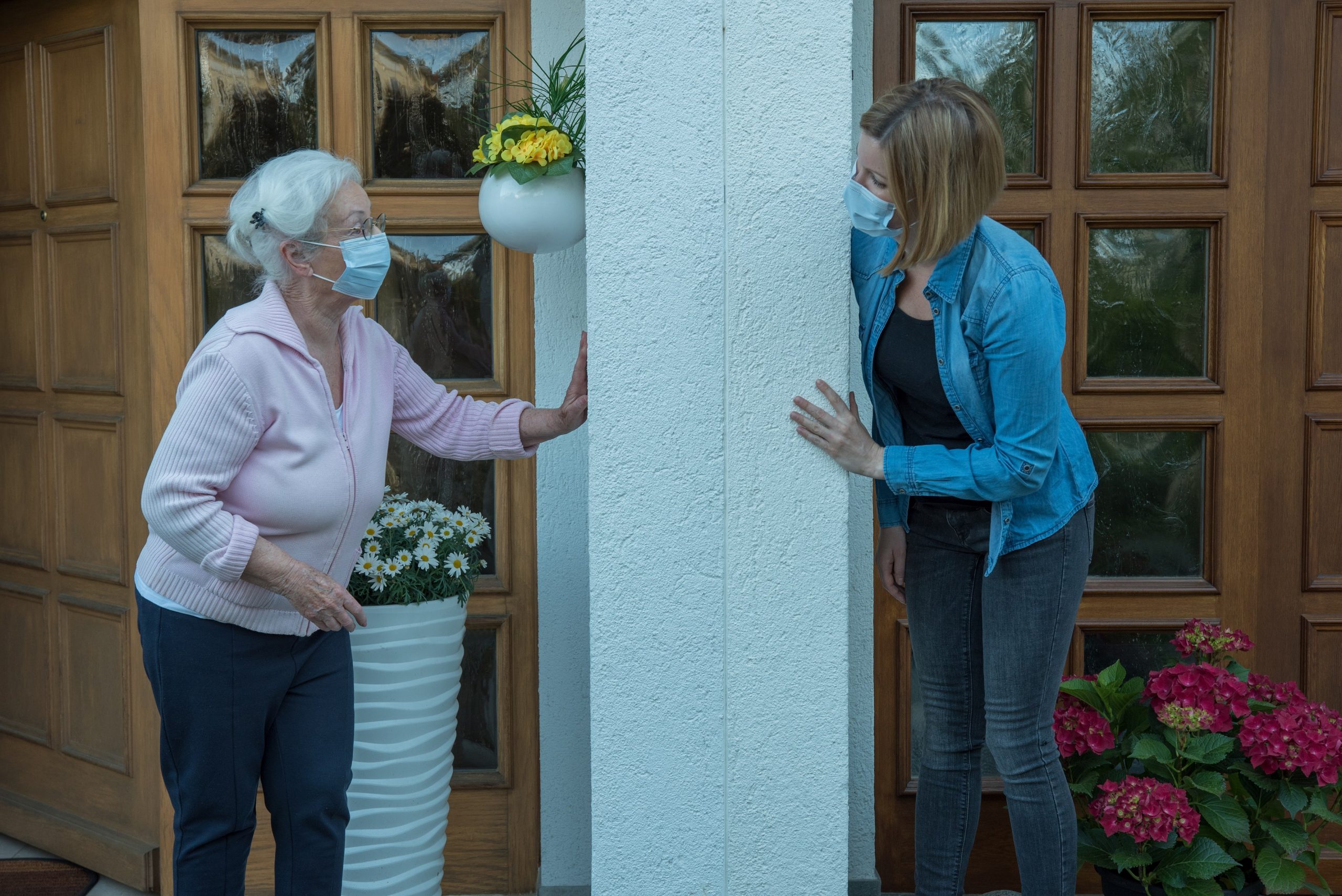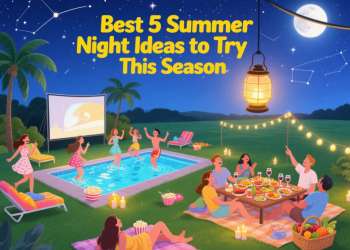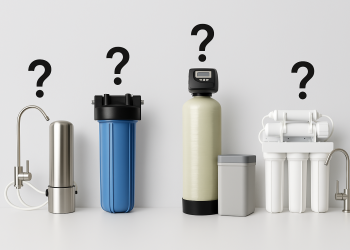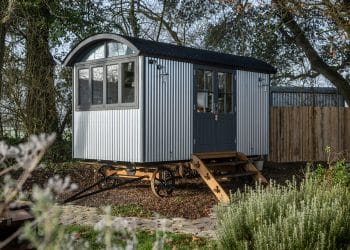Table of Contents
Surely there’s a lot more you can do to improve your neighborhood connections beyond continuing to be a passive neighbor who only says hi when bringing the trash out. Your relationship with your neighbors is important. And if you’ve been living in the same neighborhood for a long time now, they can even become like family. Some neighbors can become trustworthy enough to help with the kids or even alert you of anything unusual that may be going on in the community.
For these reasons, enriching neighborhood connections is very important. With the cooperation of everyone in the neighborhood, you can develop a place that’s happier and better for the residents to live in. You can guarantee a safer and more welcoming community.
To get you started, here are some of the activities you can do to foster meaningful neighborhood connections:
1. Start A Community Garden
Consider starting a community garden that will be shared by your entire neighborhood. In a community garden, each household plays a part in tilling, growing the plants, and maintaining the environment to have a flourishing and healthy garden. Since everyone shares in the hard work in tending to the garden, the entire community gets to enjoy the crops or fruits when they’re ready to harvest.
A community garden is a great way to have organic fruits and vegetables for everyone to enjoy. If your garden has a playground or a yard, this can also be a shared space for the residents to enjoy picnics and outdoor time with the kids, particularly for those who don’t have a big backyard.
Here’s how to start a community garden and get this project off the ground:
- Organize a meeting of interested people, so you’re certain that everyone involved will be cooperative.
- Determine what kind of garden you’ll have, whether you want to grow fruits, vegetables, or flowers.
- Form a planning committee, which will consist of the core group of residents who will take care of the initial stages in making the community garden a success.
- Approach sponsors, so you can have more financial support to start your community garden, particularly in securing the land.
2. Start A Neighbourhood Library Or Book Exchange
A book exchange or neighborhood library is another way to foster connection between the residents in your neighborhood.
If you can have a physical area designated for this, that will make the experience better. But, even without one, you can create a group chat with your neighbors on any messaging platform for this purpose. There, you’ll keep a shared document or database with an updated list of the books that are available for everyone in your neighborhood to share.
3. Organize Neighborhood Potlucks
Neighborhood potlucks don’t have to be grand and costly. In fact, to take the pressure off of a family to host, ask every family to bring a dish to the lunch or dinner potluck. This can be in a community clubhouse, by the beach, or even in your community park or garden.
Potlucks are a no-fail way to get to know your neighbors, play games, and have the children have some. Fun with each other. It’s always nice to have your own children make friends with the neighbor’s kids so they’re able to have a social connection beyond the school.
4. Organize Seasonal Parties Or Gatherings
Thanksgiving dinner, trick-or-treating for the kids, a Christmas party where people exchange gifts—these are some of the many seasonal parties you can also have with your neighbors. You can also organize a neighborhood garage sale for the benefit of a certain organization or a neighbor who you’re aware of is going through a tough time.
Whatever the occasion, there’s always a good reason for the neighborhood to gather.
5. Create A Tool-Sharing Program
You don’t need to have all the tools in your shed if you know you’ll only use them once a year. Rather than rent from strangers, why not have a tool-sharing program with your neighbors? This program will be similar to your neighborhood library. Sharing tools can be either for free or for a very minimal fee.
Have a database or another group messaging app for the purpose of tool-sharing. Each member of the group will have access to edit the database so they can add whatever tools they have in their home that they’re willing to share. In this file, you should also have a record of when the tools should be returned, and whether or not it has been given back to the owner.
The tools can be anything from kitchen appliances to garden tools and even baby gear, which don’t need to be brand new.
Final Thoughts
With the activities above, you should now be able to develop more meaningful neighborhood connections. Always keep in mind your vision of a united neighborhood where parents gather together for potlucks and kids play with each other. Moreover, everyone will be on the lookout for each other. Especially if you live quite far from your family, your neighbors can actually be your second family. No matter how busy your lives may be, take the time to have community activities.









